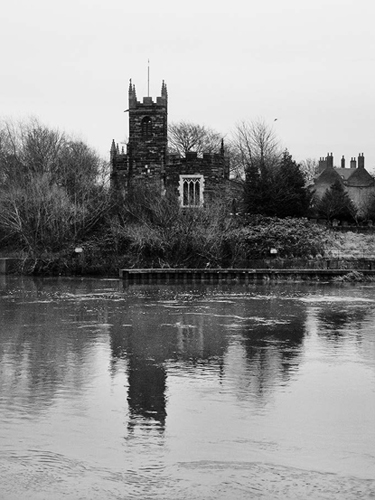

1 John Deane’s birthplace: Wilford village, on the banks of the River Trent. (Mark Nightingale)
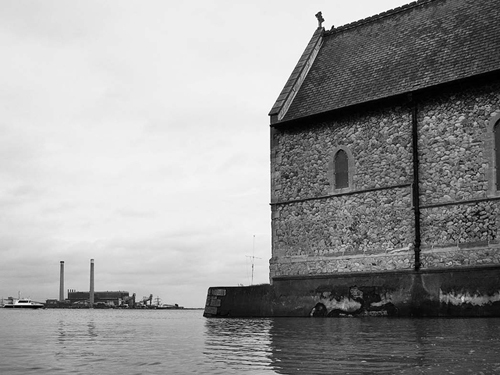
2 The ill-fated crew of the Nottingham Galley began their journey to New England at Gravesend. (Mark Nightingale)
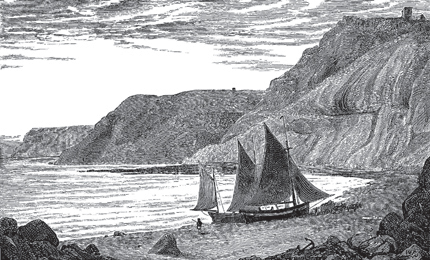
3 The Nottingham Galley accompanied a convoy to Whitby where they sheltered from bad weather. The Nottingham Galley broke away from the convoy and carried on to Ireland, alone and unprotected.
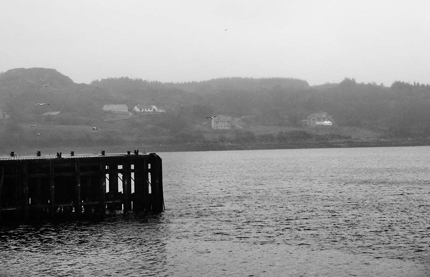
4 The Irish port of Killybegs, where John Deane picked up his cargo of butter and cheese. On the Irish coast the Nottingham Galley encountered French privateers. (Carol King)
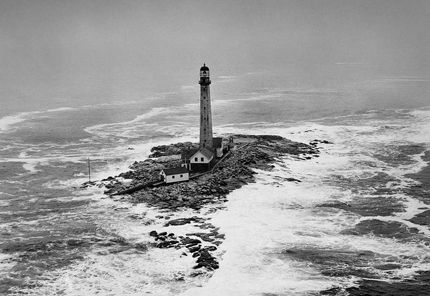
5 The crew of the Nottingham Galley were marooned on Boon Island for twenty-four days. Four men died. One of them was eaten by the survivors. (Image courtesy of the Library of Congress)

6 The shipwreck survivors were fed, clothed and nursed to a semblance of health by the residents of Portsmouth, New England. In Portsmouth, Christopher Langman would formally accuse John Deane of fraud and attempted murder. (Image courtesy of the Library of Congress)
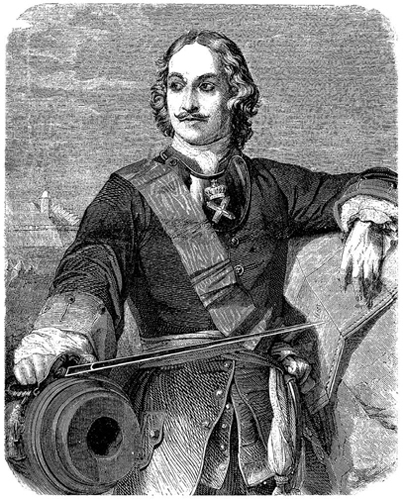
7 Peter the Great.
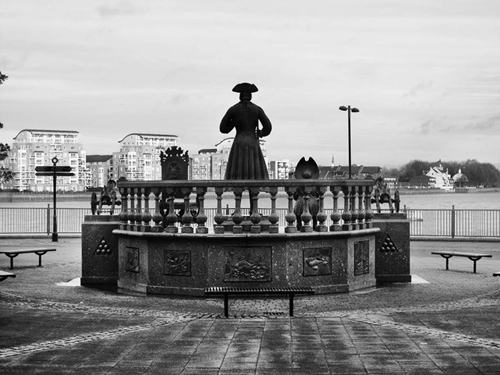
8 Cleve Severin’s statue of Peter the Great overlooks the River Thames at Greenwich, commemorating the Russian tsar’s time in London, gleaning maritime knowledge he would use to build the formidable but fractious navy in which John Deane would serve. (Adam Nightingale)

9 The Battle of Hango Head. The key naval victory in Peter the Great’s war against Sweden. The battle could not have been won without the help and expertise of foreign mercenaries.
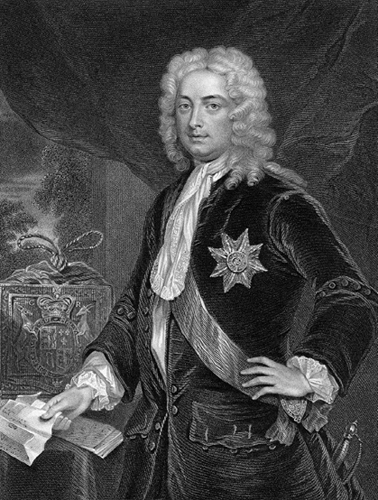
10 Sir Robert Walpole. The British prime minister would rescue John Deane from further disgrace when he employed him as a spy following Deane’s court martial in Russia.

11 Pelham Street, Nottingham, where according to local myth John Deane killed his brother in an argument over money. (Mark Nightingale)
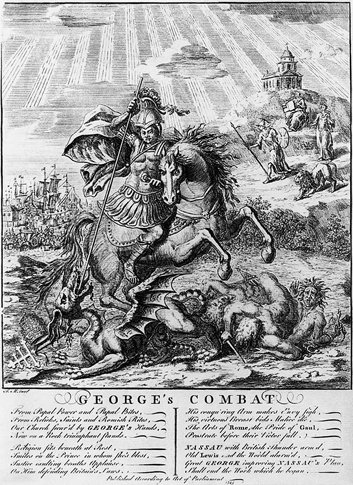
12 Hanoverian propaganda. An illustration showing George II victorious over the dragon of Jacobitism. The exiled supporters of the deposed James II would become John Deane’s enemies of choice as he worked as both consul and spy for the Walpole administration. (Image Courtesy of the Library of Congress)
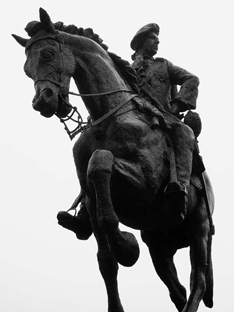
13 Charles Stuart in Derby. In 1745, John Deane’s fears of a Jacobite invasion of England took substance when the heir to the Stuart throne arrived in the Midlands with an army of Highlanders. (Mark Nightingale)
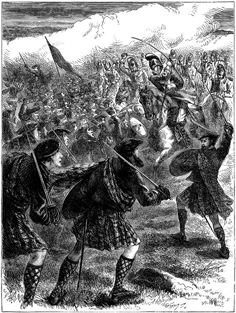
14 The Battle of Culloden. The Jacobite threat was obliterated at Culloden in April 1746. John Deane’s money helped raise the troops of the Duke of Kingston’s 10th Light Horse. Kingston’s soldiers would commit terrible atrocities on the Scottish battlefield.

15 The Rock Cemetery in Nottingham (once the sight of Gallows Hill) where a Mr Miller, who perpetrated a violent robbery against the elderly John Deane, was publically hanged. (Mark Nightingale)
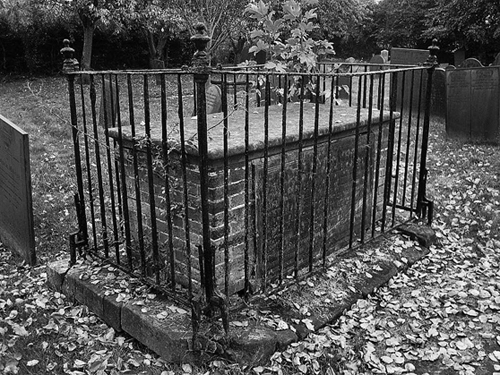
16 John Deane’s grave in St Wilfrid’s cemetery. (Mark Nightingale)
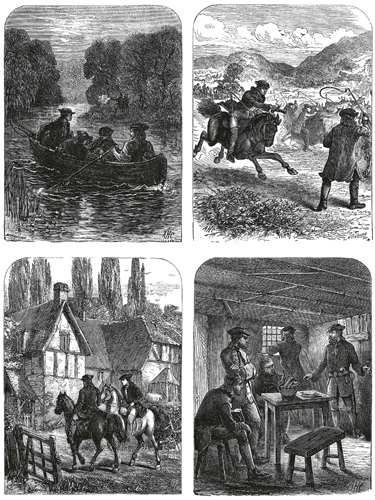
17 A series of illustrations from John Deane: Historic Adventures by Land and Sea by W.H.G. Kingston. The Victorian author perpetuated many myths about John Deane that are still believed today.
A. The young John Deane is shot at by gamekeepers while out poaching.
B. John Deane fights cattle thieves while working as a drover’s apprentice.
C. John Deane unwittingly visits the home of a mercenary embroiled in a Jacobite conspiracy to assassinate William of Orange.
D. John Deane is held prisoner by pirates.